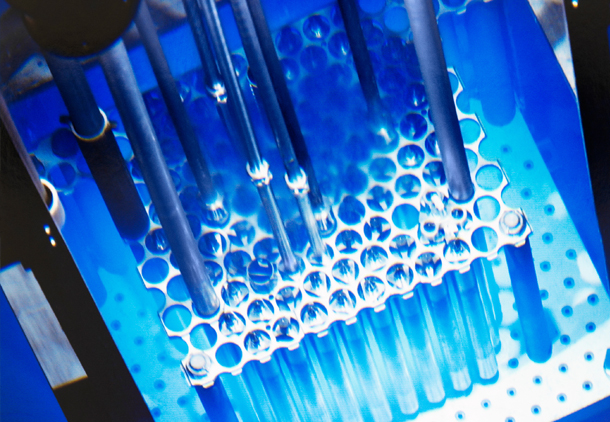
Nuclear Engineering to become independent department
11/14/2018
UNIVERSITY PARK, Pa. - On Nov. 13, Nicolas P. Jones, Penn State executive vice president and provost, on the advisement of the Faculty Senate Council, approved the separation of the Department of Mechanical and Nuclear Engineering into two independent departments.
On July 1, 2019, the academic unit will become the Ken and Mary Alice Lindquist Department of Nuclear Engineering.
The nuclear engineering department merged with mechanical engineering in 1997 by then-Harold and Inge Marcus Dean of Engineering David N. Wormley and Richard Benson, then-department head of mechanical engineering. The goal of the consolidation was to allow for the continued existence of the nuclear engineering program in light of declining enrollments. Bolstered by mechanical engineering, the nuclear graduate program is now ranked 16th by U.S. News and World Report.
In addition to broadening research efforts, a standalone nuclear engineering department will allow for expanded academic offerings and specialized concentrations.
A historical leader in nuclear engineering, Penn State remains one of the few institutions in the world with an operating research nuclear reactor. Opened in 1955 by President Dwight D. Eisenhower, the Braezeale Reactor’s license was issued as part of Eisenhower’s “Atoms for Peace” program, aimed at capitalizing on the use of nuclear fuels for peaceful applications.
“Penn State has always been a center for nuclear engineering,” Arthur Motta, professor and chair of nuclear engineering, said. “The newly-formed department will surely continue to provide the industry with the talented and capable engineers they need.”
Led by Justin Schwartz, the current Harold and Inge Marcus Dean of Engineering, the separation will build on the program’s strengths and position the University as a leader in clean energy production.
“As climate change has become one of the principal societal issues facing the world, nuclear power remains the major non-fossil fuel source that can deliver significant amounts of carbon-free electricity,” Schwartz said. “This increased effort at Penn State is not only strategically wise, but critical to the world’s energy needs.”
Widespread nuclear proliferation has also underscored the need for leadership in nuclear security. “The threat of nuclear terrorism is simply not going to go away,” Schwartz said. “Expanding the department will amplify our efforts and help ensure the United States is prepared to face these issues.”
As mechanical and nuclear engineering diverge, Penn State has the historical success and strength to not only remain a leader in both disciplines, but to expand and thrive well in the future.


